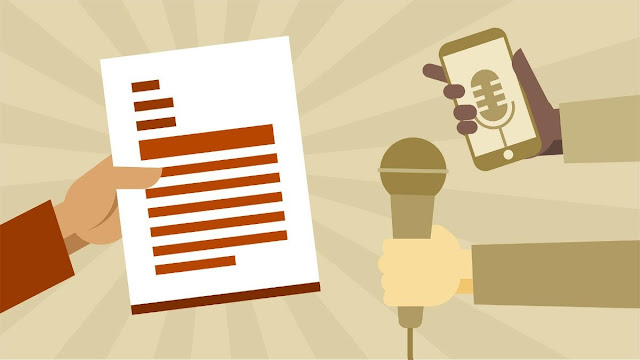41. Book Review: Made to Stick: Why Some Ideas Survive and Others Die
By: Chip
Heath, Dan Heath
Published
on January 2, 2007
Publishing
House: Random House
Made to
Stick is a detailed perception of two brothers, Chip and Dan Heath about why
some ideas survive and others die. We, humans, are curious being, sometimes our
minds work in overdrive, many times it comes up with ideas and stories, fiction
or perception about something occurring. All of us have thoughts, opinions and
ideas but only a few of those have the ability to stick. By ‘stick’ the authors
mean that the ideas are understood and remembered, and have a lasting impact-
they change the audience’s opinion or behaviour. The book gives an interesting perspective
on why some ideas stick and others don’t and how to make your ideas stick
longer.
The book
starts with the popular narration of the ‘Kidney heist tale’. The tale is of
doubtful origin, but despite that, it is very popular. It is a
ridiculous story with many different narrations but something that stood out and
had the ability to stick around for long. On the contrary, the writers narrated
a non-profit financial strategy which is also an idea but without any
stickiness and has no probability of being remembered for long. Both are ideas,
but, because of their nature, one is inherently interesting (Kidney heist) and
the other inherently uninteresting (Non-profit financial strategy). This nature
versus nature debate of the ideas being interesting goes on but the important
questions stay: Are ideas born interesting or made interesting? How do we
nurture ideas so they’ll succeed in the world?
The
‘movie popcorn’ story is the best example of a sticky idea. In this case, the
idea was fairly normal and not something that could have caused a sensation,
but the CSPI used that discovery of movie popcorn containing 37 grams of
saturated fat and delivered it in a way that caught everybody’s attention. This
story also proves that sometimes ideas could be generic but the creativity used
while the delivery of the message decides its stickiness.
When
asked people how to make ideas sticky, following are some general advises
given: improving the way of delivery, structuring the idea effectively and knowing
your audiences well. But, many ideas even after satisfying all these conditions
are not able to last long. So, how do you define ‘What sticks?’
The
writers studied various sticky ideas (both natural and created) of different
nature and derived a conclusion that all the ideas had some factors in common.
These factors are termed as six principles to make the idea stick. The
principles are described in details in the form of chapters as follows:
Simplicity, Unexpectedness, Concreteness, Credibility, Emotions, and
Stories.
The
authors state, ‘We can create ideas with an eye to maximizing their
stickiness’. Applying the above mentioned six principles can make your idea
sticky and memorable. Following is a brief description of the principles:
Simplicity:
“"As a lawyer, if you argue ten points, even if each is a good point, when
they get back to the jury room they won't remember any." To strip an idea
down to its core, we must be masters of exclusion.” The core message of the
idea should be very clear and easy to understand. What is it that you want
people to take away from your idea, identify it and communicate it simply.
Unexpectedness:
The audience has a very short attention span of 7 seconds, this makes it all
the more difficult to grab and withhold their attention throughout your idea
presentation. This is where unexpectedness plays a crucial role, give them
something that is out of the box, which has the potential to generate curiosity
and maintain their interest.
Credibility:
While giving the example of former surgeon general C. Everett Koop, the authors
said, people are more likely to accept ideas coming from authorised or renowned
personality without scepticism. This provides credibility to the idea. Always
communicate the stories with vivid details to make the story believable sticky.
Emotions:
The ideas that are able to evoke feelings always have a lasting impact. “How do
we get people to care about our ideas? We make them feel something. For
example, in the case of movie popcorn, we make them feel disgusted by its
unhealthiness.”
Stories:
How do you make people remember your idea? You tell stories. The authors have
interestingly articulated these points by giving the example of a fire-fighter
and how they tell stories and add to theirs as well as the listener’s experience.
Adding
to the context, the authors mentioned using Velcro theory of memory, human scale
principle, and creating curiosity gaps to make ideas sticky.
Having
said that, not all communication needs to be sticky, there are some normal,
mundane communications which are not supposed to last longer, they serve a one
time purpose. Sometimes some ideas stick without the communicator’s intent of
making it last. The authors have clearly made this point by giving examples
such as, Leo Durocher, the coach of the Dodgers and the misconception of his one-sentence which led to his autobiography Nice
Guys Finish Last. And the astounding fact that Sherlock Holmes never
actually said, "Elementary, my dear Watson." According to the
authors, these examples prove that while making ideas stick, we also give the audience
the opportunity to misinterpret or manipulate the meaning of our idea.
Made to
stick makes you realise the importance of effective and strategic articulation
of an idea to make it sticky. It is a must-read especially for Public Relation
and communication professionals.




Comments
Post a Comment